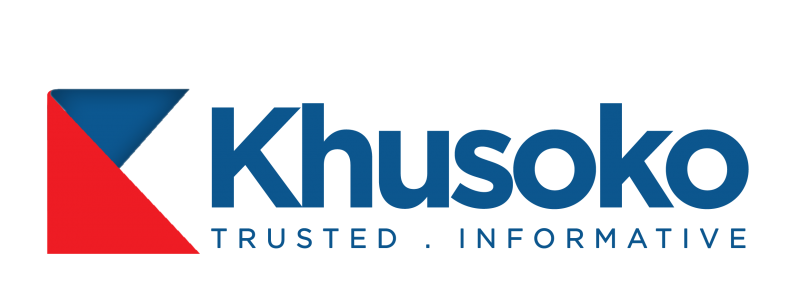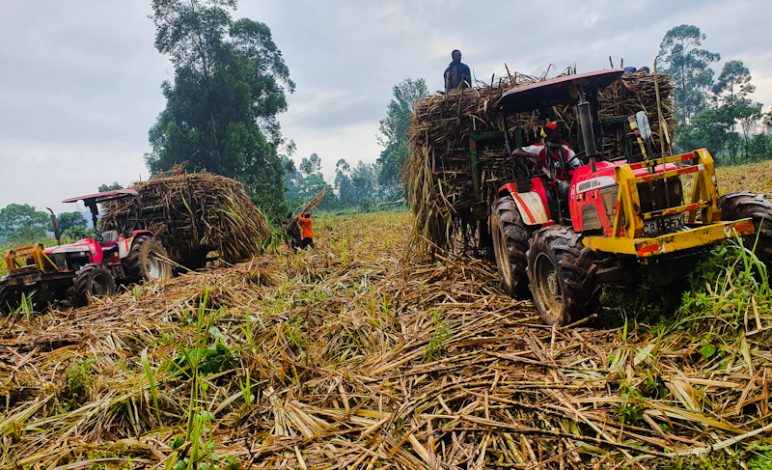The Kenya Sugar Board (KSB) has announced a three-month suspension of sugar milling operations in Western Kenya, effective July 14, 2025, due to an acute shortage of mature sugarcane.
The directive affects major mills, including Mumias Sugar, Nzoia, Butali, Busia Sugar Industry, and West Kenya’s Naitiri and Olepito units, spanning key sugarcane-growing counties such as Mumias, Busia, Siaya, Bungoma, Kakamega, Trans-Nzoia, Uasin Gishu, and northern Nandi.
Root Causes and Industry Impact
KSB Acting CEO Jude Chesire attributed the crisis to inadequate cane development planning, which has led to a mismatch between milling capacity and available mature cane. This has forced millers to harvest immature cane, resulting in lower sugar yields and financial losses for farmers.
“This suspension will allow sugarcane to mature and enable a reset in cane supply planning,” Chesire said, following a stakeholder meeting held on July 4 in Kisumu.
The shutdown is expected to have significant economic repercussions for thousands of farmers, factory workers, transporters, and vendors who depend on the sugar sector across the region.
“In the intervening period, the Board shall, within two months, undertake a Cane Availability Survey to inform the milling capacity of each factory upon the resumption of operations. All millers should aggressively develop cane to ensure an adequate supply of raw material in the future.”
Industry in Decline
Recent data underscores the sector’s struggles:
- Domestic sugar production fell by 40% in 2023, from 796,600 tonnes in 2022 to 472,773 tonnes, the lowest in four years.
- Cane deliveries dropped to a 17-month low in April 2025, with 398,910 tonnes, down from 715,530 tonnes in March.
These declines have been exacerbated by erratic weather, delayed planting, and disruptions from leasing state-owned mills, which have led to premature harvesting and reduced average yields from 56 to 51 metric tonnes per hectare.
Government Response and Reforms
To address structural challenges, the government introduced a 4% Sugar Development Levy (SDL) on July 1, 2025. The levy is expected to raise over KSh 5 billion annually, allocated as follows:
- 40% for cane development
- 15% for road rehabilitation
- 15% for research and innovation
- 15% for factory modernisation
- 5% for farmer institutions
- 10% for administrative costs
KSB also plans to conduct a Cane Availability Survey within two months to assess mature cane stocks and guide factory operations upon resumption.
Mixed Reactions and Long-Term Outlook
While some farmers support the shutdown as a necessary step to improve cane quality and future returns, others have criticised the lack of consultation.
The Kenya Union of Sugar Plantation and Allied Workers (Kuspaw) has raised concerns over worker welfare amid ongoing disputes related to mill leasing.
Critics also warn that the SDL could further raise sugar prices, which have already surged to KSh 157–210 per kilogram in 2025. They argue that the shutdown, while necessary, does not address deeper issues such as outdated state-owned mills, poor agronomic practices, small farm sizes, and overreliance on rain-fed agriculture.
Kenya’s sugar industry continues to face a structural imbalance: while annual consumption stands at 1 million tonnes, domestic production averages 800,000 tonnes, necessitating imports of around 200,000 tonnes annually.




